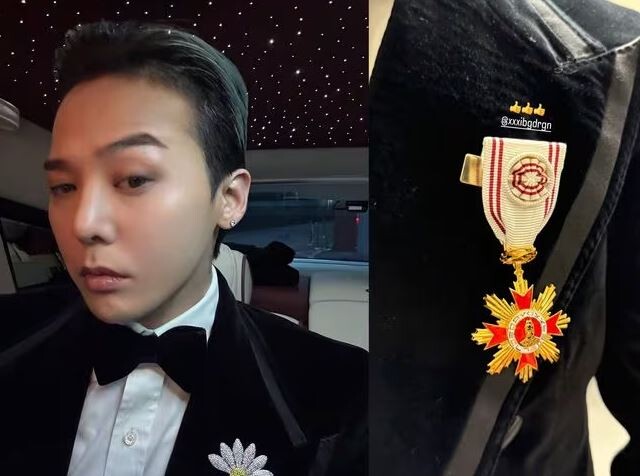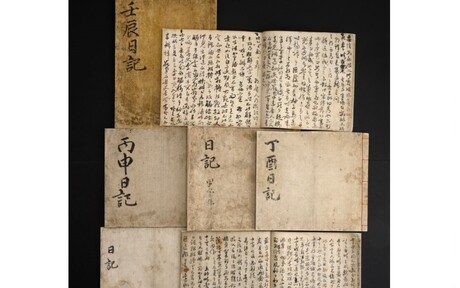At the Korea Popular Culture & Arts Awards held on October 23, 2025, G-Dragon became the youngest recipient of the Okgwan Order of Cultural Merit, marking a symbolic turning point in South Korea’s cultural honors system. What once celebrated traditional and classical forms of art now openly acknowledges the global power of K-pop and its contribution to national identity. The Ministry of Culture, Sports and Tourism conferred decorations at the National Theater of Korea to a wide spectrum of figures—actors Kim Hae-sook, Lee Byung-hun, and Jung Dong-hwan; voice actor Bae Han-sung; the late comedian Jeon Yoo-sung; and G-Dragon, the only idol among them. The ceremony institutionalized what the global market has already made clear: that K-content is not merely entertainment but a diplomatic and economic force of cultural significance.
The Order of Cultural Merit, structured in five classes from Geumgwan to Hwagwan, was historically reserved for those shaping Korea’s cultural landscape through lasting artistic achievement. G-Dragon’s Okgwan award represents two converging realities—the export-driven nature of K-content and the acceptance of idol labor, from songwriting to fashion design, as legitimate artistic authorship. The decision translates commercial success into the language of state legitimacy, joining figures such as Bong Joon-ho and Nam June Paik within Korea’s official artistic canon. This move redefines cultural value, suggesting that high art and popular culture now coexist within the same institutional frame. It could also influence how government budgets, education policies, and cultural diplomacy evolve in the coming years, expanding what is considered “heritage” to include digital and performance-based arts.
Comparable systems abroad reveal how Korea’s model is unique. The British honors system (MBE, OBE, CBE, knighthoods) frequently decorates entertainers, yet it encompasses all forms of public service, not solely the arts. The United States’ National Medal of Arts focuses on domestic artistic excellence rather than international export impact, while Japan’s dual model—the Order of Culture for elite laureates and the Medal with Purple Ribbon for wider recognition—draws a sharper boundary between high art and popular culture. Korea’s five-tier structure lies between these models, offering both hierarchy and inclusivity, capable of acknowledging an idol alongside a veteran actor or classical musician.
Within Korea, this evolution raises debates. Some artists in fine arts and traditional disciplines fear that such recognition dilutes symbolic scarcity. Others see it as overdue—an institutional reflection of where culture is truly produced today. The tension between artistic merit and soft power calculus will persist: was G-Dragon honored for his creative authorship or for his role in advancing Korea’s global image? Perhaps both. His long record as a songwriter, producer, and cross-disciplinary designer complicates any simple reading of the award. It also signals that as idols enter the realm of state recognition, new discussions about creative rights, labor protection, and intellectual property must follow.
Ultimately, honors are not mere medals; they are instruments of national storytelling. They determine what museums collect, what schools teach, and what embassies exhibit abroad. By awarding a K-pop artist its cultural order, Korea has declared that its modern identity is composed not only in galleries and theaters but also in recording studios, live stages, and data streams. The Okgwan Order given to G-Dragon is less a culmination than a pivot—a moment when the state affirms that pop modernity belongs within the canon. In doing so, Korea transforms its cultural orders from retrospective trophies into living tools that shape the meaning of art in the twenty-first century.
SayArt.net
Maria Kim sayart2022@gmail.com




















